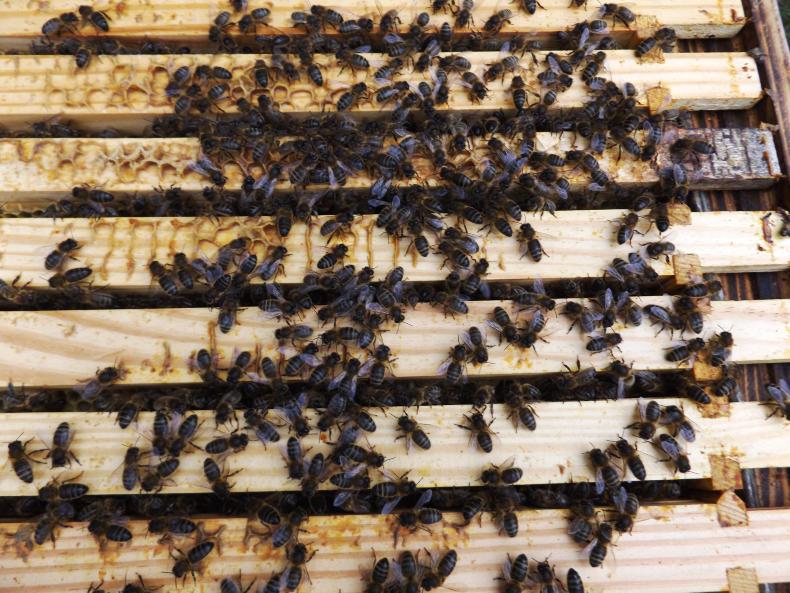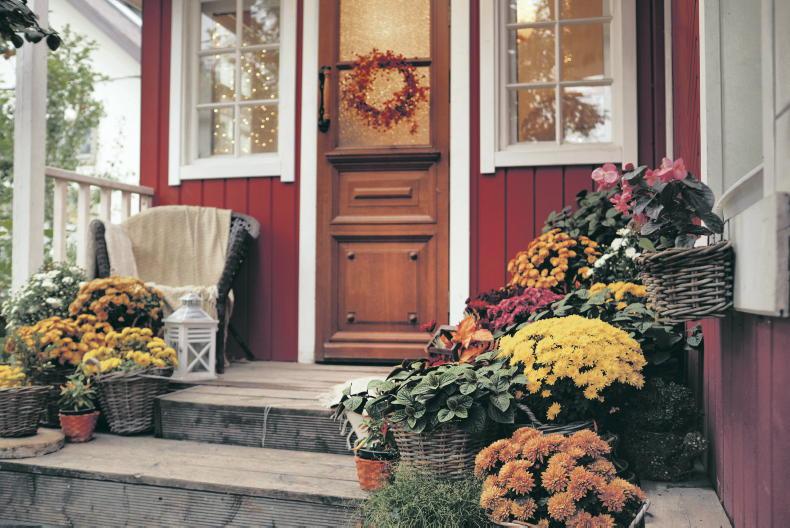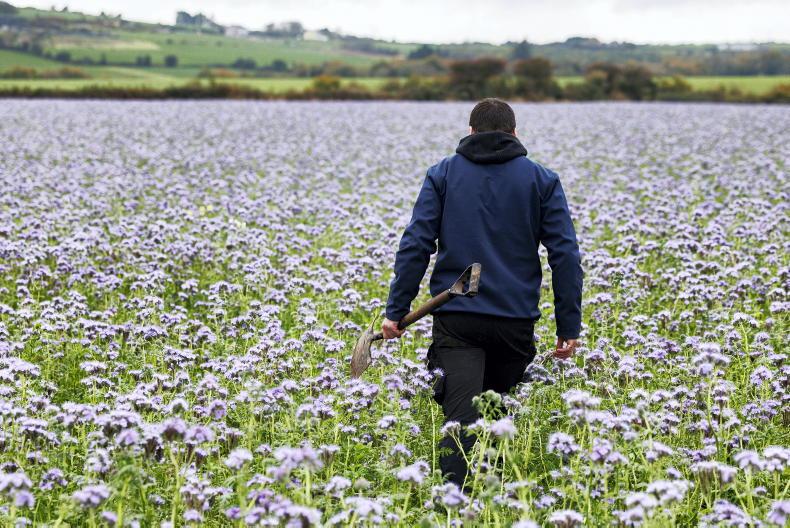From late spring, the momentum in beekeeping has been building. Sorting through colonies to see which had potential and those which needed assessment as to the requirement for further help or elimination. Colonies of bees carrying a disease load will never recover enough to produce honey. Having healthy honeybees is the aim of the beekeeper. They eat into time, adding extra workload which could be better applied to potential honey producers.
Once the sycamore and horse chestnut trees come into flower, honeybee numbers within colonies begin to increase as a consequence of brood rearing taking place in the hive. The reason for this is, extra egg laying by the queen in response to a supply of nectar, which the bees collect from the flowers.
It is at this time of the beekeeping season that beekeepers start their regular hive checks. These consist of assessments for space, diseases, brood, queen quality and most importantly of all, the production of queen cells by the colony.
Queen cells are specially formed cells by worker bees to provide the next queen for the colony. Should a new queen be produced from one of these, it is most likely the colony will swarm, consequently leaving the hive without its nectar gathering potential.
Swarming is the process by which a new honey bee colony is formed when the queen bee leaves the colony with a large group (up to 60% in prime swarm) of worker bees.
Beekeepers use various techniques to reduce or eliminate the risk of swarming. Bees are kept from populating roof spaces, trees and any other cavities. If the practice of swarm control was not carried out, there is a likelihood that more bees would take up residence in our roof spaces. I might add, this is not the reason why honeybees are not plentiful in such places. The reasons are much more complex.
So, to get a crop of honey some boxes need to be ticked. Firstly, suitable flowering plants must be available in large quantities. Soil nutrients and moisture, alongside temperature and sunlight, are perquisites for nectar production. If luck is on the side of the beekeeper, the weather should oblige by making flying conditions suitable to the bees for their millions of journeys to the nectar producing blooms.
Then comes the biggest hurdle of all; having the number of worker bees in the colony, who are of nectar-gathering age, which are available to collect the nectar crop. The nectar is processed by the bees turning it into honey.
The beekeeper has spent all their effort week in week out trying to arrive at this utopian point of having the maximum number of bees at the very right moment, to coincide with a main nectar flow. For those of us in the countryside, this comes from blackberry and clover blooms. For many beekeepers, most of the year’s preparatory work goes into ensuring they have bees for the three weeks or so of flowering.
July has come in with good conditions for bees, with excellent blackberry blooms in large quantities. For those who provide these in their wild areas and hedges, we are very grateful. Not alone do bees and beekeepers benefit but also an array of other animals, birds and insects.









SHARING OPTIONS